February 2024: Inspector’s Corner
Posted on - Friday, February 2nd, 2024Edge protection at ramps
There is a standard that requires that the side edges of a ramp be protected from wheelchair casters from falling off the edge if the ramp edges are open and located 10″ above the ground. Edge protection along ramp runs and landings keep wheelchair casters and crutch tips on the surface and can be provided by curbs, barriers, or extended surfaces.
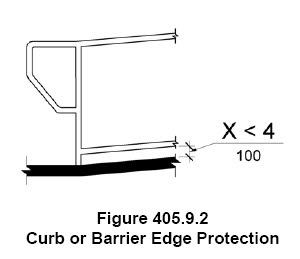
At one of my inspections yesterday, there was a ramp that had handrails alongside of low planter wall (so the edges were not open). But it also had a low bar that was mounted 4″ above the surface of the ramp. The additional edge protection was not required, since there was no drop off on either side of the ramp edges.
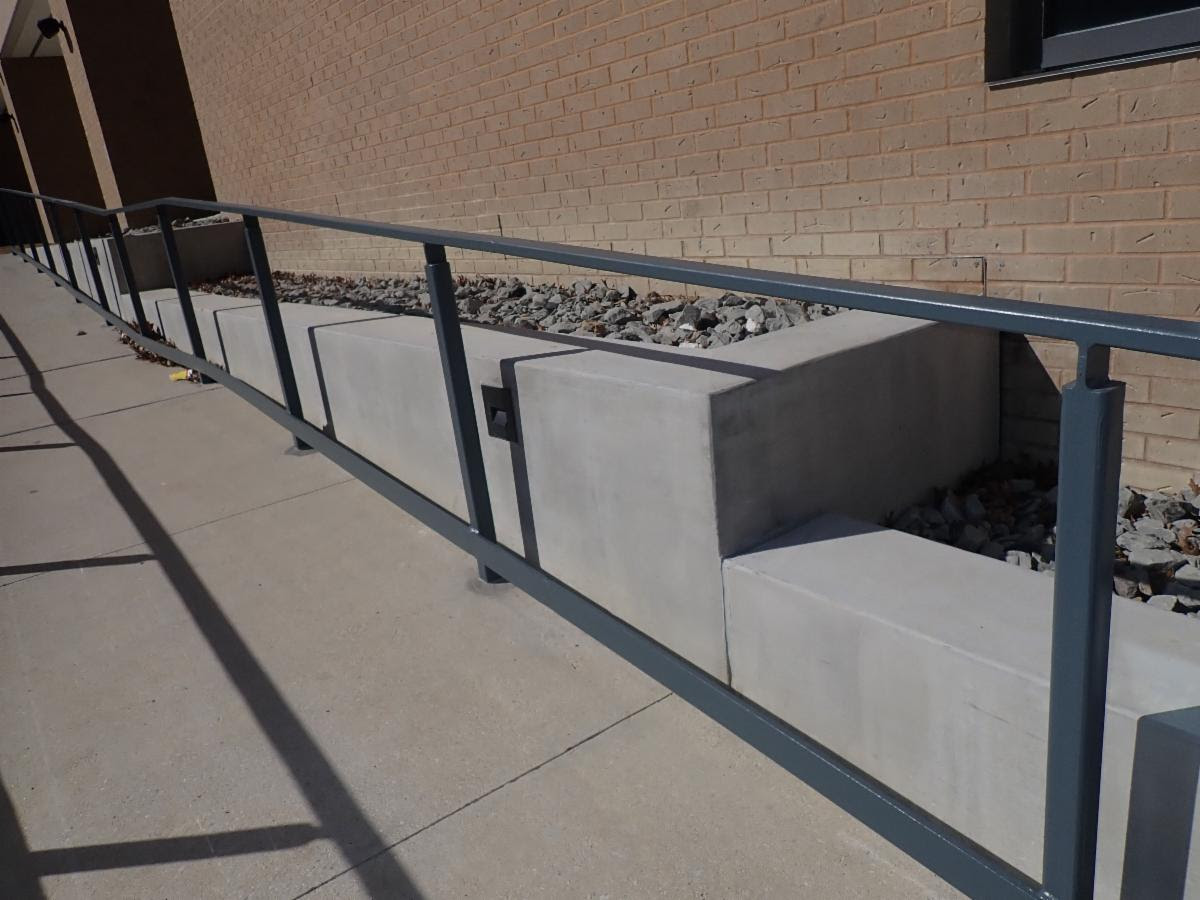
The ramp shown above had a low wall that acted as edge protection AND a low rail that was also intended to be edge protection.“

The photo above shows the low rail that was intended as edge protection. The ramp did not require it since the edges were not exposed.
Cane detection
When an object is located along a circulation path and mounted higher than 27″ a.f.f. , said object is not “cane detectable” (read last month’s newsletter which discussed Protruding Objects)
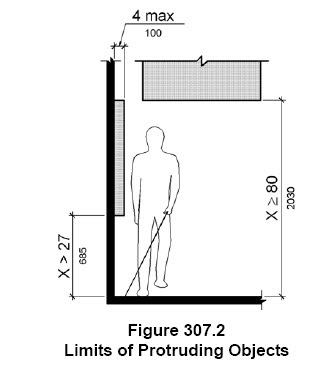
At one of my inspections yesterday, there were two examples of cane detection: one was not necessary and one was a good example of a prevention from becoming a protruding object.
Below are the two examples:
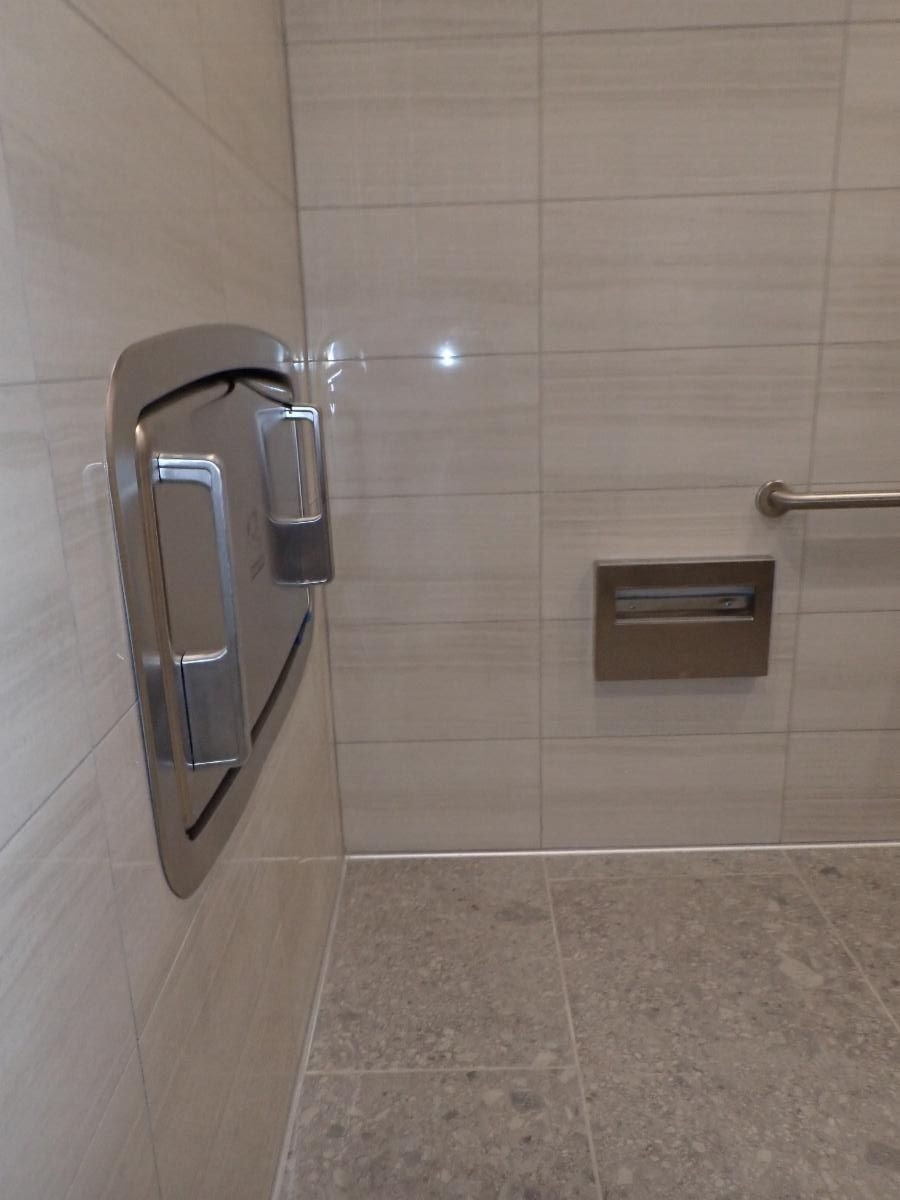
The photo above shows a diaper counter located along a circulation path in a restroom. It is a recessed type diaper counter with handles that project out onto the path. (the diaper counter was a Koala product)
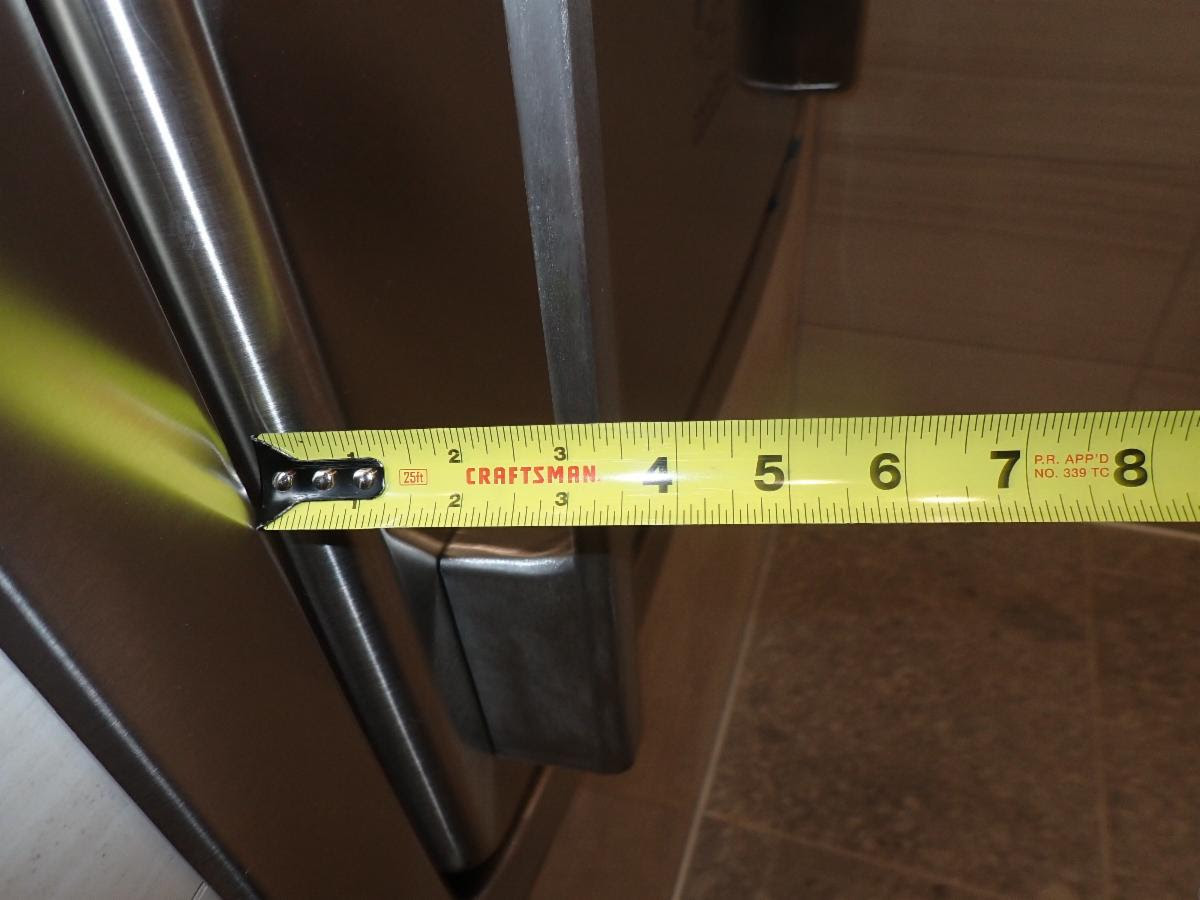
But the handles are only 3 1/2″ from the mounting surface which does not make it a protruding object.

Once the diaper counter is down, and if it is left down, It could be a protruding object….but the handles are now below the counter and will act as cane detection.
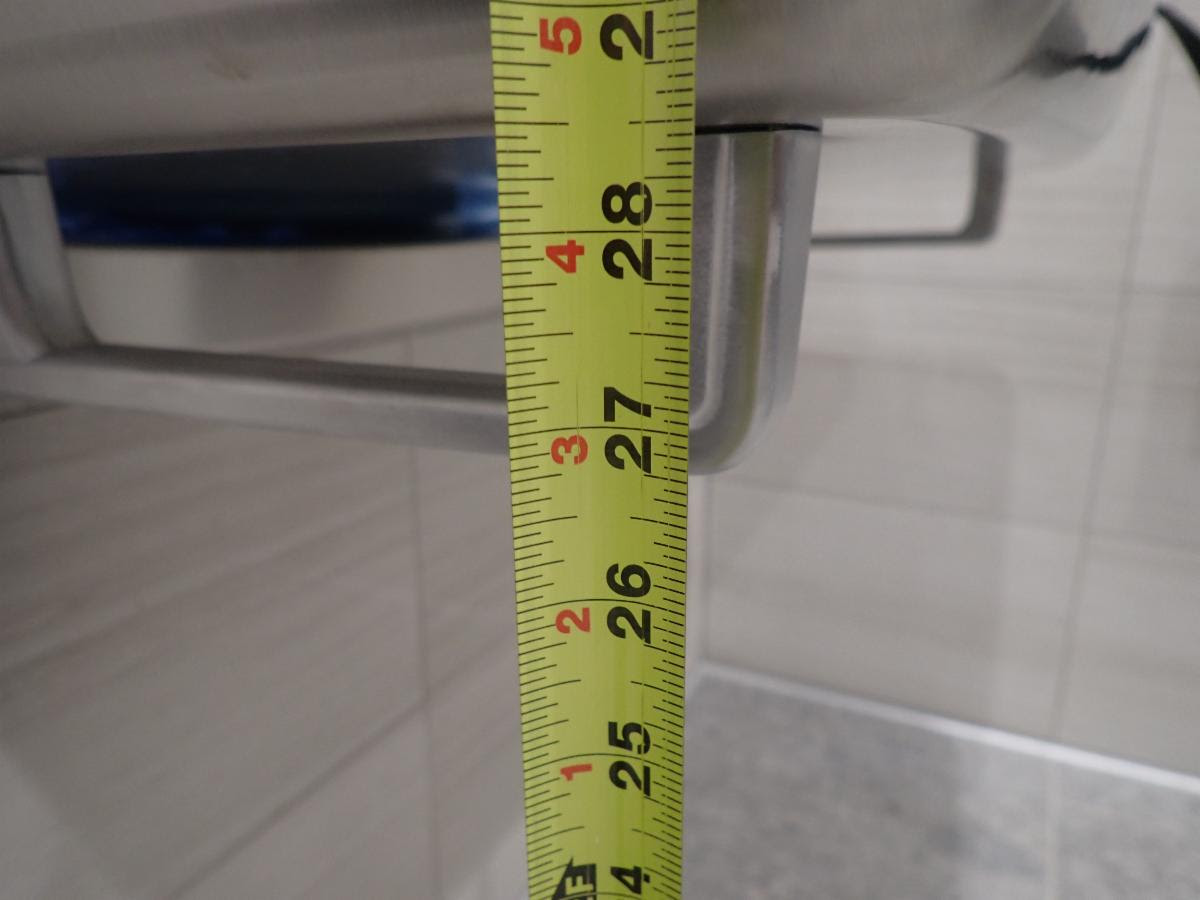
The photo above shows the handles below the counter that are mounted lower than 27″ a.f.f. and act as cane detection.
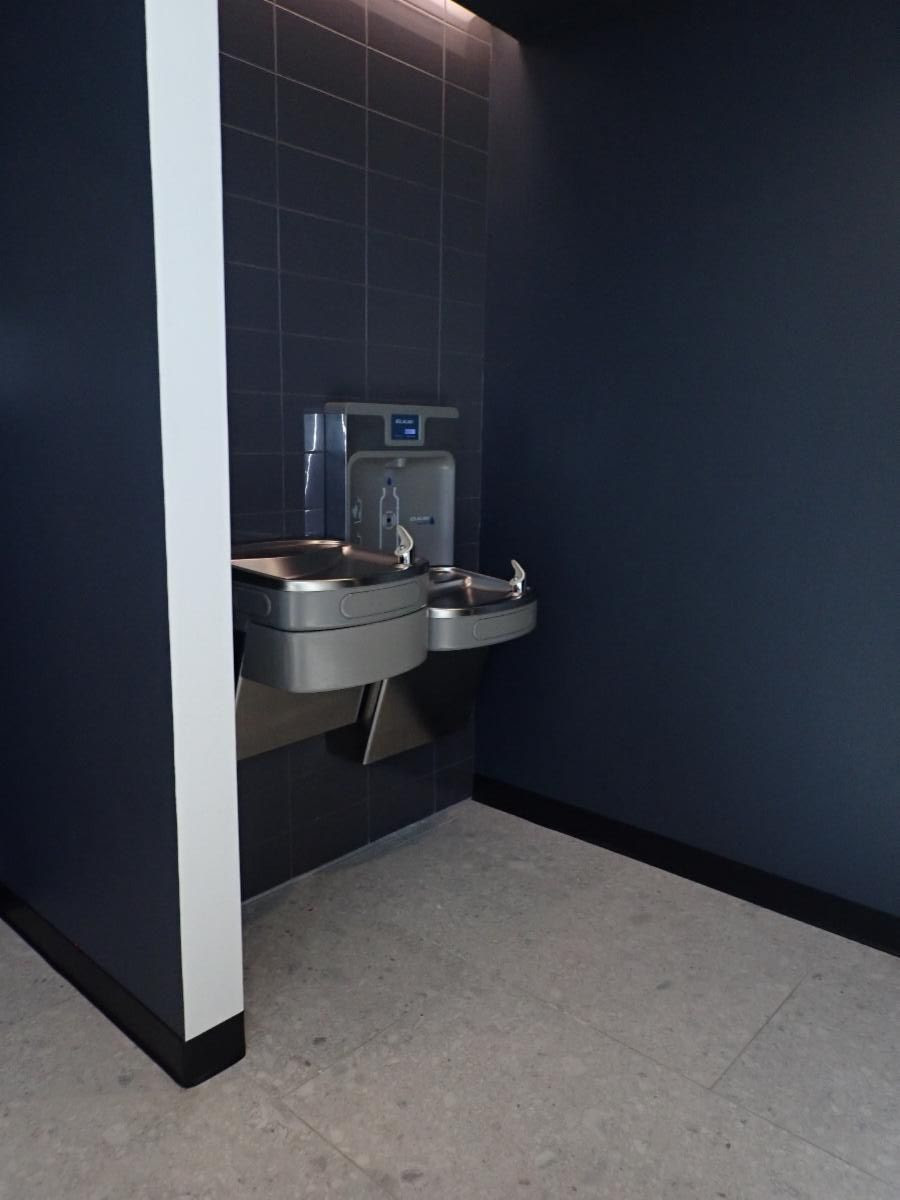
The photo above shows a drinking fountain located in an alcove. It is not technically protruding onto a circulation path and the walls on either side of the drinking fountains act as cane detection. So the cane detectable apron installed under the “high” drinking fountain was not required.
 Abadi
Abadi 
